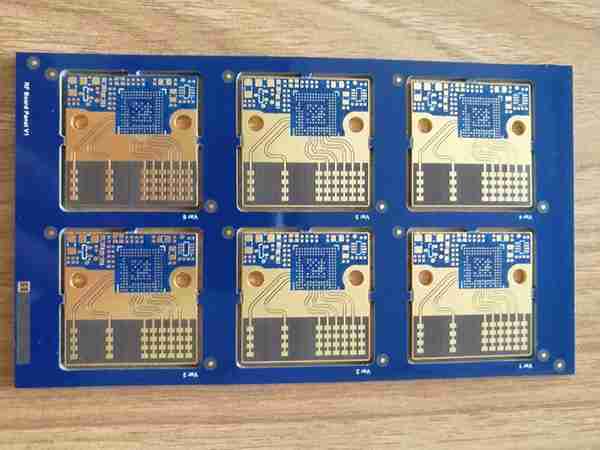Printed circuit boards play an important role in the electronics industry.The PCB is used for various electrical instruments and equipment.
In the performance indicators of residential buildings, temperature resistance is one of the most important parts.What is the maximum temperature that the PCB board can withstand?Let’s have a closer look.
Temperature resistance of the Printed Circuit Board means that the board won’t show embrittlement, split, deformation and other phenomena in a high temperature environment.The temperature resistance of the board becomes very important.
Firstly, PCB temperature resistance performance
In normal scenarios, the temperature resistance of PCB handling can be affected by many factors, such as the product, manufacturing procedure, circuit design, and others.
The most important factor affecting the temperature resistance of PCB boards is the product.
The second thing is the effectiveness of temperature resistance of commonly used products of PCB boards.
1.Material FR-4
FR-4, a glass-fiber reinforced epoxy product, is commonly used in PCB manufacturing.The maximum temperature of FR-4 is usually around 130 degrees Celsius. Higher temperatures than this may cause deformation or malfunction of the circuit board.
FR-4 is also commonly used in high-end electrical applications due to its low cost of production, high performance and excellent processability. It has been thoroughly examined and tested over a long period of time.
FR-4 materials are not sufficient for applications that require high temperatures.
2.High-temperature FR-4 products
High-temperature FR-4, a glass-fiber-reinforced epoxie material, is specially designed for high-temperature environments.High-temperature FR-4 has a better resistance to temperature than FR-4 and can withstand temperatures of 150 degrees C or more.
High-temperature FR-4 has a high manufacturing cost, but its performance in high-temperature environments is superior to the standard FR-4. This is why it is widely used in premium electric equipment.
3.Polyimide Product
Polyimide, a high-performance insulation material, has a number of unique characteristics, including exceptional resistance to high temperatures, chemical corrosion, electromagnetic interference, etc.
It is one of the best high-temperature resistant materials available, with the ability to withstand temperatures above 380 degrees C. Very few polyimide brands can withstand temperatures above 500 degrees C.
Polyimide is used in the manufacture of high precision temperature measurement equipment, military and aerospace. Polyimide materials may be expensive, but their reliability at high temperatures makes them superior to other products.
The PCB temperature resistance can reach an optimal of 500 degrees C or higher, depending on the material used.
We use FR-4 and high-temperature FR-4 for most electric devices, including meters. Many applications can benefit from these materials.
High-performance polyimide materials are needed in certain industries such as aerospace, the armed forces and others.
When selecting PCB boards, it’s important to choose the right product type and the appropriate temperature resistance level for the application. This will ensure that the motherboard is secure and has good integrity in high temperatures.







